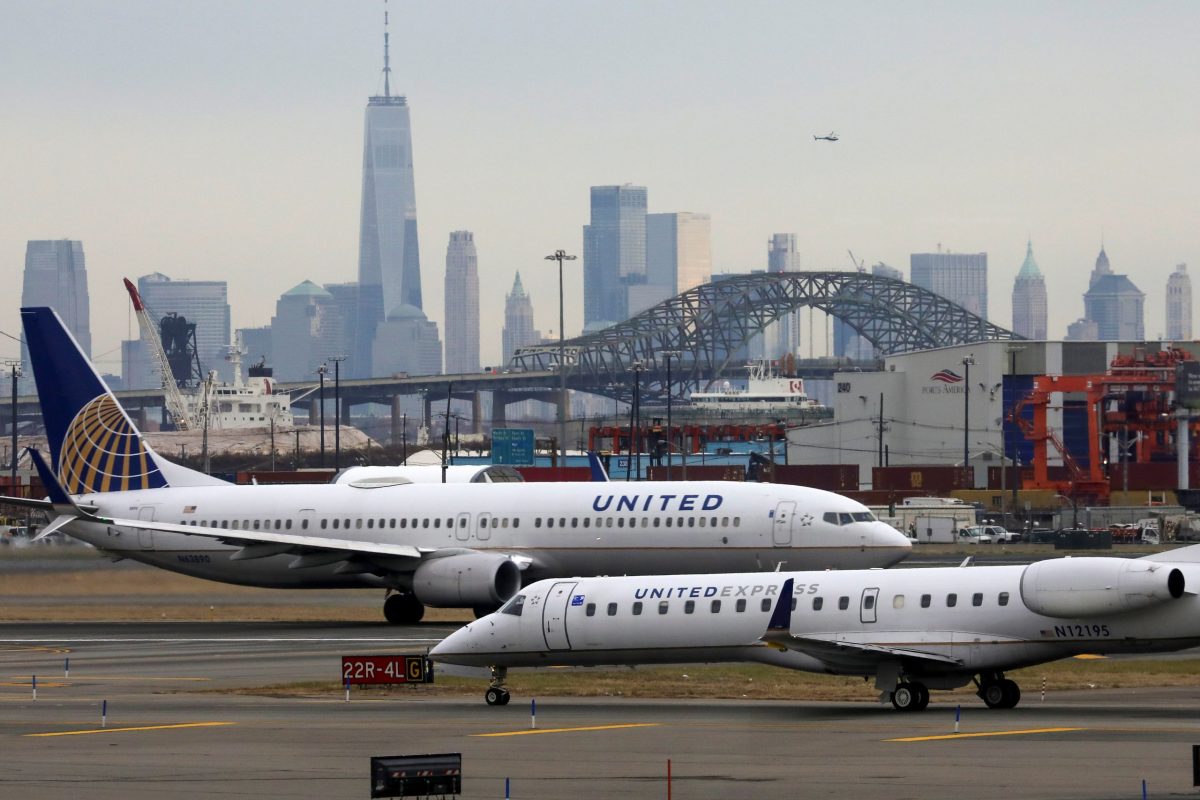BY MATTHEW LAVIETES, Thomson Reuters Foundation
Some of the world’s busiest airports, including New York’s, could be underwater by the end of the century if unchecked global warming pushes up sea levels, researchers said Wednesday.
An analysis by the Washington-based World Resources Institute (WRI) found that with 1 meter (3.3 ft) of sea-level rise, an estimated 80 airports globally would be swamped by 2100.
“If you step outside and throw a dart blindfolded, almost anything will be impacted by climate change, including airports,” said Noah Maghsadi, one of the authors.
A 2019 report from the Intergovernmental Panel on Climate Change warned that sea levels could rise by about 60-110 cm if greenhouse gas emissions continue to increase strongly.
But even if the Paris Agreement goal to limit the planet’s temperature rise to below 2 degrees Celsius above pre-industrial times is met, the researchers estimated that nearly 45 of the world’s airports in low-lying areas could be flooded by likely sea-level rise of about half a meter.
“Based on this analysis, even if we do curtail climate change, adaptation still needs to happen,” said Maghsadi.
Methods used to ward off flooding include building dikes, sea walls and underground spaces, said the analysis, which drew on data from research group Climate Central for sea levels and OpenFlights, an airline and route data company.
Vulnerable airports include some of the world’s busiest, WRI said, such as all three international airports in the New York City area, Yancheng Nanyang International Airport in China’s Jiangsu Province and Amsterdam’s Schiphol airport.
As the adverse impacts of climate change become clearer, airport managers in coastal regions have begun investing in measures including higher runways, sea walls and better drainage systems to protect immovable assets.
Singapore’s Changi Airport, for instance, which has analyzed scenarios out to 2100, has resurfaced its runways to improve drainage and is building a new higher terminal at 18 feet (5.5 meters) above sea level to keep it safe from rising seas.
In recent years, Boston Logan Airport and San Francisco International Airport in the United States have installed flood barriers. And last month, officials approved a $587-million plan to raise the San Francisco airport’s sea wall from 3 feet to 8 feet tall, the researchers said.
Many airports in small island nations that lack financial resources, such as in the Pacific, are also at high risk.
“They are totally reliant on commerce from airplanes and airports and… that’s going to cripple” how they get their imports of food and other basic goods, said Tina Huang, co-author of the analysis.
Extreme heat and worsening natural disasters are also cited as climate-related threats to airports.
The Federal Aviation Administration, the U.S. government body that regulates aviation, and the Port Authority of New York and New Jersey, which represents LaGuardia, JFK and Newark airports, did not immediately respond to requests for comment.


































